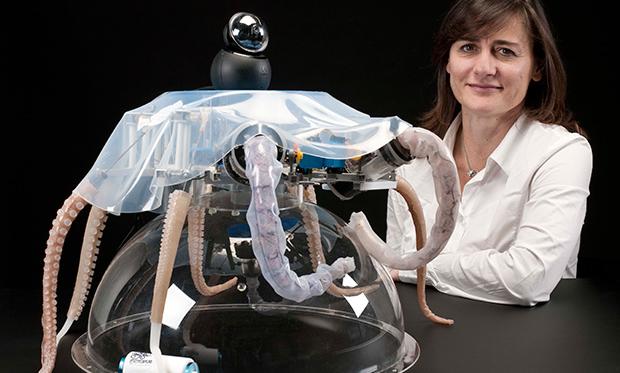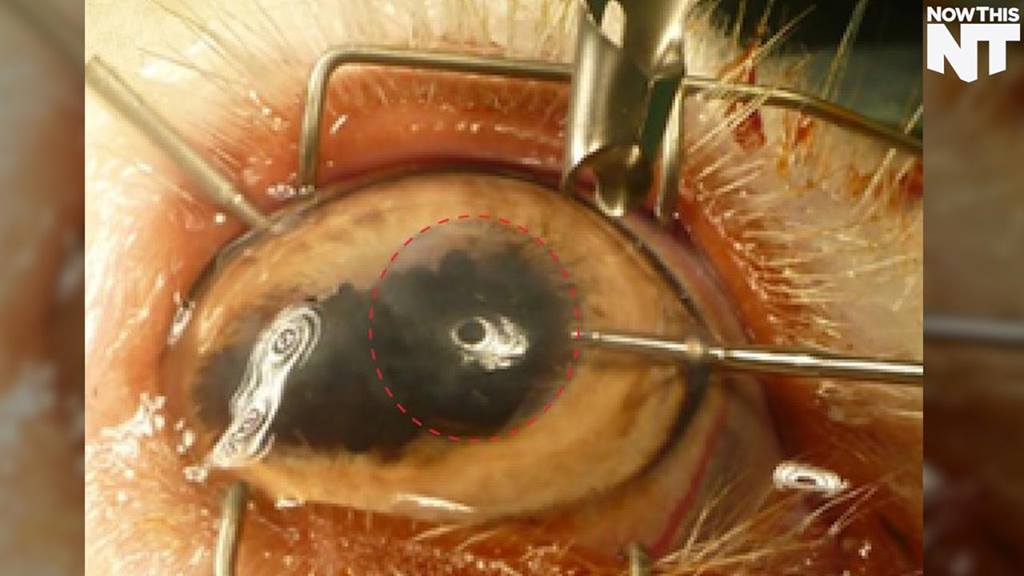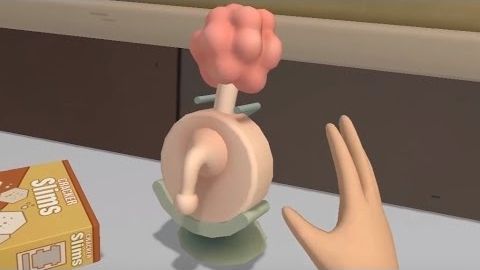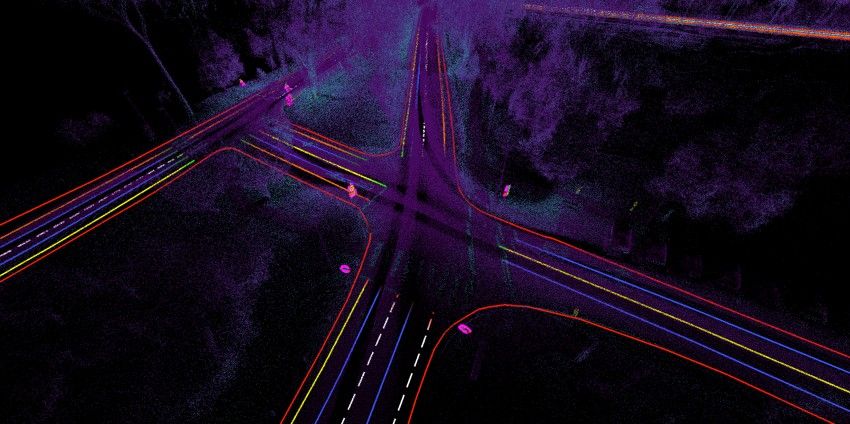Page 10861
Aug 19, 2016
Elon Musk’s OpenAI Project First To Receive Nvidia’s DGX-1 ‘AI Supercomputer In A Box’
Posted by Shailesh Prasad in categories: Elon Musk, robotics/AI, supercomputing
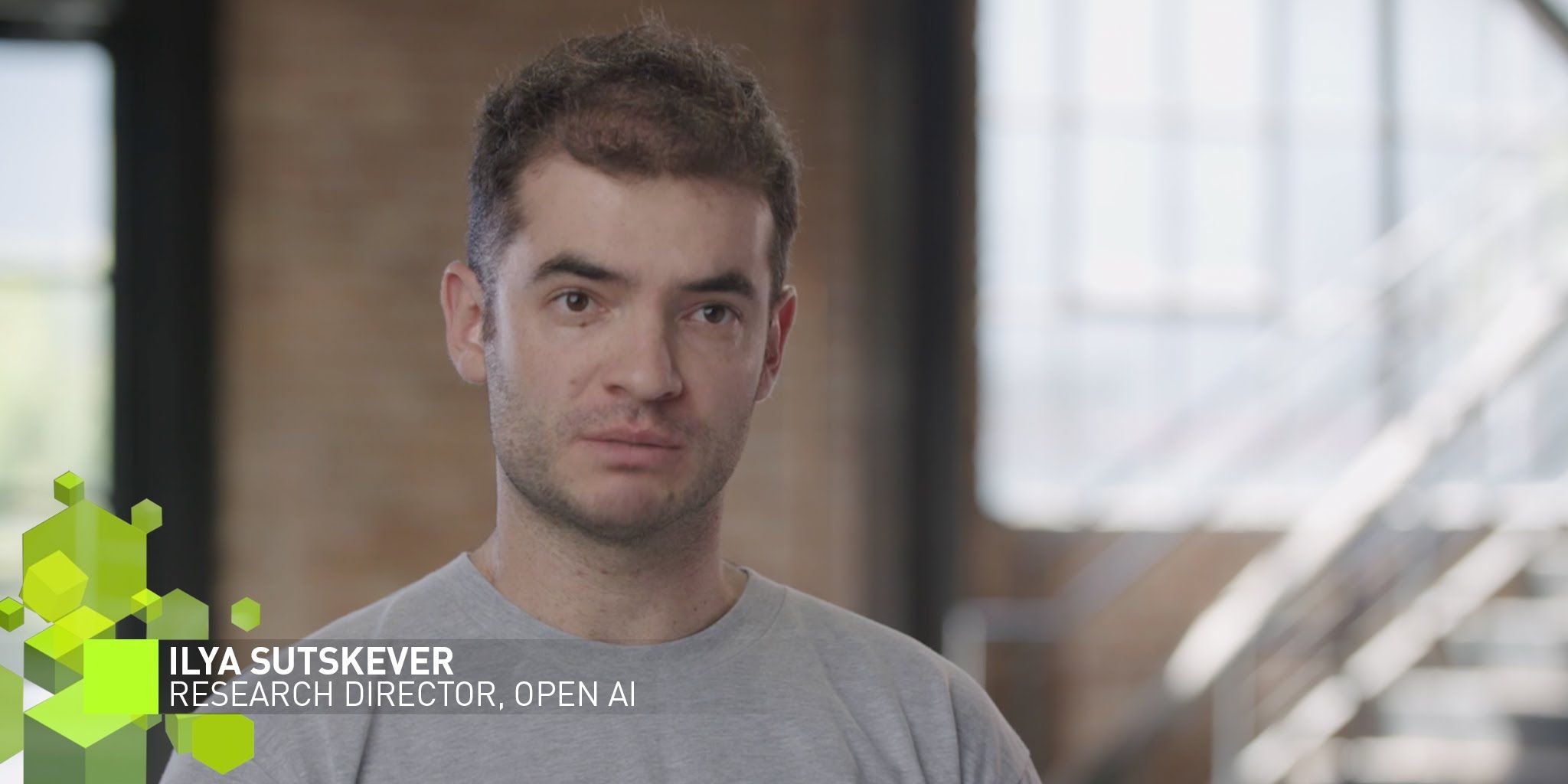
The Elon Musk-backed OpenAI project became Nvidia’s first ever customer to buy a DGX-1 “AI supercomputer in a box.” The system can deliver up to 170 teraflops of performance, which should enable the OpenAI team to significantly improve their AI research.
Aug 19, 2016
Biohybrid Robots Built From Living Tissue Start To Take Shape
Posted by Shailesh Prasad in categories: engineering, robotics/AI
Think of a traditional robot and you probably imagine something made from metal and plastic. Such “nuts-and-bolts” robots are made of hard materials. As robots take on more roles beyond the lab, such rigid systems can present safety risks to the people they interact with. For example, if an industrial robot swings into a person, there is the risk of bruises or bone damage.
Researchers are increasingly looking for solutions to make robots softer or more compliant – less like rigid machines, more like animals. With traditional actuators – such as motors – this can mean using air muscles or adding springs in parallel with motors. For example, on a Whegs robot, having a spring between a motor and the wheel leg (Wheg) means that if the robot runs into something (like a person), the spring absorbs some of the energy so the person isn’t hurt. The bumper on a Roomba vacuuming robot is another example; it’s spring-loaded so the Roomba doesn’t damage the things it bumps into.
But there’s a growing area of research that’s taking a different approach. By combining robotics with tissue engineering, we’re starting to build robots powered by living muscle tissue or cells. These devices can be stimulated electrically or with light to make the cells contract to bend their skeletons, causing the robot to swim or crawl. The resulting biobots can move around and are soft like animals. They’re safer around people and typically less harmful to the environment they work in than a traditional robot might be. And since, like animals, they need nutrients to power their muscles, not batteries, biohybrid robots tend to be lighter too.
Continue reading “Biohybrid Robots Built From Living Tissue Start To Take Shape” »
Aug 19, 2016
Cure For Blindness Might Be Here
Posted by Shailesh Prasad in category: biotech/medical
Aug 19, 2016
Watch the stunning first trailer for the Rick and Morty VR game
Posted by Shailesh Prasad in categories: entertainment, virtual reality
Aug 19, 2016
Long March 2D launches world’s first quantum communications satellite
Posted by Karen Hurst in categories: government, quantum physics, satellites
With this week’s overload of news flashes about the Quantum Satellite launch, I restrained from publishing too much repeat news on the launch. However, I came across an excellent article from NASAspaceflight.com that provides additional and good details about some of the initial “publically known” experiments that are to be conducted by the Chinese.
Of course, as with any government agency, not all information is shared.
https://www.nasaspaceflight.com/2016/08/long-march-2d-quantu…satellite/
Continue reading “Long March 2D launches world’s first quantum communications satellite” »
Aug 19, 2016
Quantum trick sees two things happen before and after each other
Posted by Karen Hurst in category: quantum physics
More of the bizarre Quantum Tricks.
By placing the order of two events into a quantum superposition, physicists have probed the nature of causality.
Aug 19, 2016
New Laser Created from Jellyfish’s Fluorescent Proteins
Posted by Karen Hurst in categories: computing, quantum physics
Another great example where scientists are bridging bio and technology together.
Fluorescent proteins from jellyfish that were grown in bacteria have been used to create a laser for the first time, according to a new study.
The breakthrough represents a major advance in so-called polariton lasers, the researchers said. These lasers have the potential to be far more efficient and compact than conventional ones and could open up research avenues in quantum physics and optical computing, the researchers said.
Continue reading “New Laser Created from Jellyfish’s Fluorescent Proteins” »
Aug 19, 2016
Werner Herzog’s meditations on a connected world | TechCrunch
Posted by Odette Bohr Dienel in category: internet

Tag: Werner Herzog
Aug 19, 2016
How Your Next Car Could Help Make Itself Obsolete — By Tom Simonite | MIT Technology Review
Posted by Odette Bohr Dienel in categories: automation, mapping, robotics/AI, transportation
“Driving cars on the road might be the best way to create maps for tomorrow’s autonomous ones.”
